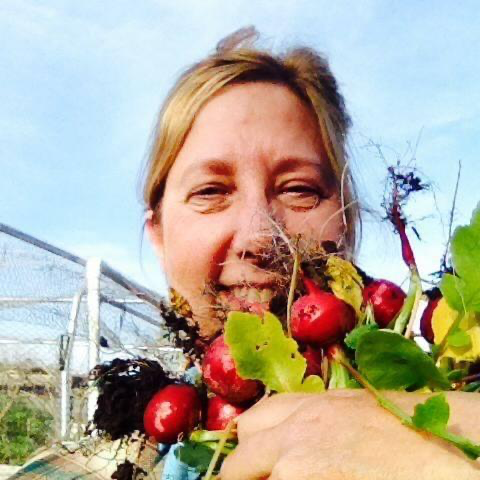Fall is also the perfect time to scatter wildflower seeds such as California Poppy.
![]()
By Sharon McCray

Sharon McCray
With fall here and winter fast approaching it is time to move our focus to winter and fall gardens, tasks and plantings. One major consideration this time of year is water. Will there be rains and when can we anticipate them arriving? I’m recommending that home gardeners plant only whatever flowers and vegetables they know their family will enjoy and hopefully save some of our precious water.
It is also time to consider bulbs such as daffodils, iris and ranunculus — they never disappoint and are not 100 percent dependent on rain. Calla lilies, once established in your garden, will return for late winter/early spring color and are an old fashioned favorite. This is also the ideal time to plant perennials.
Perennials are plants that come back on an annual basis, provide excellent flowers and sturdy bones for our stressed summer garden.
I enjoy salvias and penstemon type plants that can provide excellent spring and early summer forage for our bees and butterflies. If you are relying on our local nurseries for plant material, bear in mind that just because “they” are selling it does not necessarily mean it is a suitable plant for us this time of year. Purchasing a smaller pot size will allow your plants to acclimate to their new soil and light conditions and surpass larger potted plants before season end.
There are many invasive and noxious plants being sold locally even though there are many better alternatives. When planting anything in your home garden, I urge you to think about our pollinators including honey and native bees, butterflies and flies: they all have a job to do and we are more dependent on them than most people realize.
Dandelions, imported from France, are an excellent plant for our Italian honey bees and a good excuse to let them grow. There is a great little publication available for free from www.cal-ipc.org that shows invasive plants with good alternative suggestions. Search “Don’t Plant and Pest.”
Fall is also the perfect time to scatter wildflower seeds such as California Poppy. New on the market are large packets of “wildflower” mix. The best method for scattering is to mix them with some potting soil once the rains have started and scatter where you want them to grow.
Unfortunately, our wonderful seed eating birds will attempt to reach whatever you scatter but the soil can inhibit that behavior and encourage prompter germination.
I prefer planting my winter vegetables from seed. Carrots, lettuce and other leafy vegetables are always a good choice. They prefer our warm fall soils to germinate but once established, will grow all winter and provide nutritious food for our families with little supplemental watering. Winter crops typically provide higher food value because we eat the roots and leaves.
Think about trying something new this year. Broccoli, chard, cauliflower, carrots and beets do well when temperatures range in the 55 to 75 degrees and will tolerate a light frost with many new varieties coming on the market regularly.
Peas, both bush and pole varieties, along with snow peas do well in Santa Clara County and provide a nice winter treat.
By the way — don’t be confused by the term “winter” squash such as pumpkins, butternut and acorn squash.. Winter squash is grown in the summer with long lasting tendencies for winter consumption.
Sharon McCray is a California native living in Santa Clara County since 1959. She became certified as a University of California cooperative extension master gardener in 1992 and a UCCE master naturalist in 2015. She hosts a radio show on KKUP public radio and is now retired.






